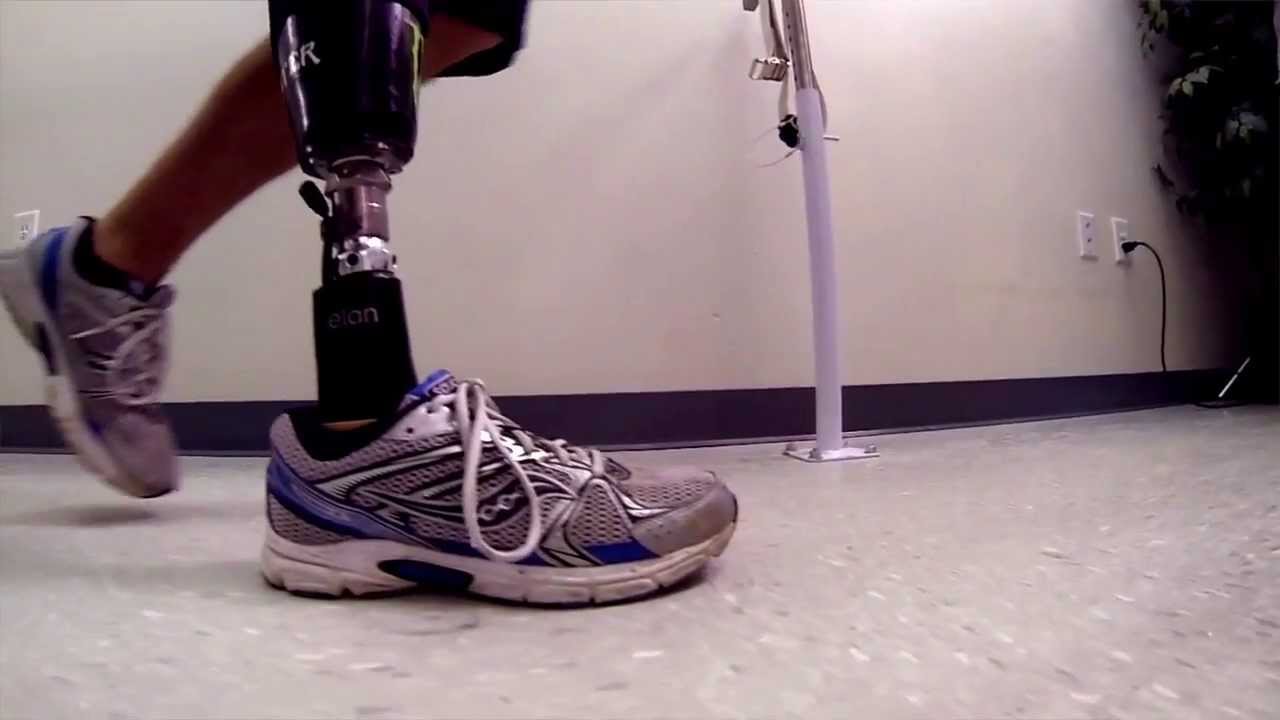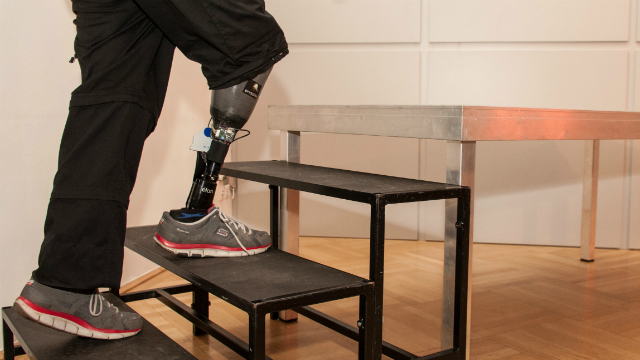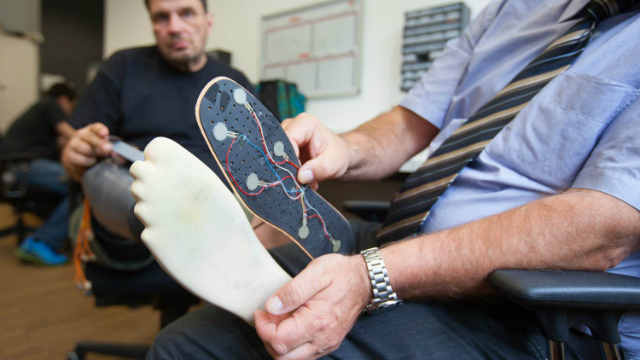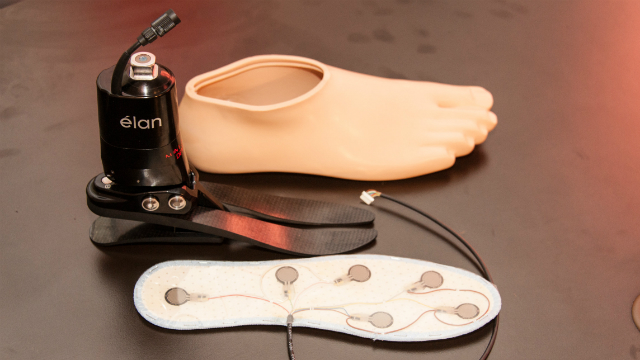Prosthetic limbs keep getting better and better, thanks to more research, data, and improved technology.
Now, we have the world’s first artificial leg that can “feel,” meaning it allows users to literally feel the ground beneath them, something other artificial legs simply cannot provide.
The new “sensory enhanced” artificial leg is capable of simulating sensation, resulting in a safer prosthetic for the user, in addition to minimizing phantom pains.
How Exactly Does the Technology Work?
First, a patient’s nerve endings were relocated closer to where the prosthesis connects by a team of researchers led by Dr. Hubert Egger at the University of Applied Sciences Upper Austria.
Next, the nerve endings were connected to stimulators located in the prosthetic leg, which are connected to six sensors on the sole of the “foot.”
Lastly and most importantly, when the sensors touch the ground or feel pressure, stimulation travels to the nerve endings that then relay the messages to the patient’s brain.
The messages sent to the brain gives the user a sense of feeling through the artificial leg, a major breakthrough for the future of prosthetics.










